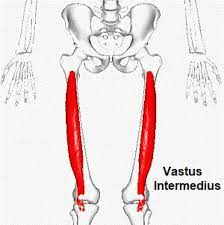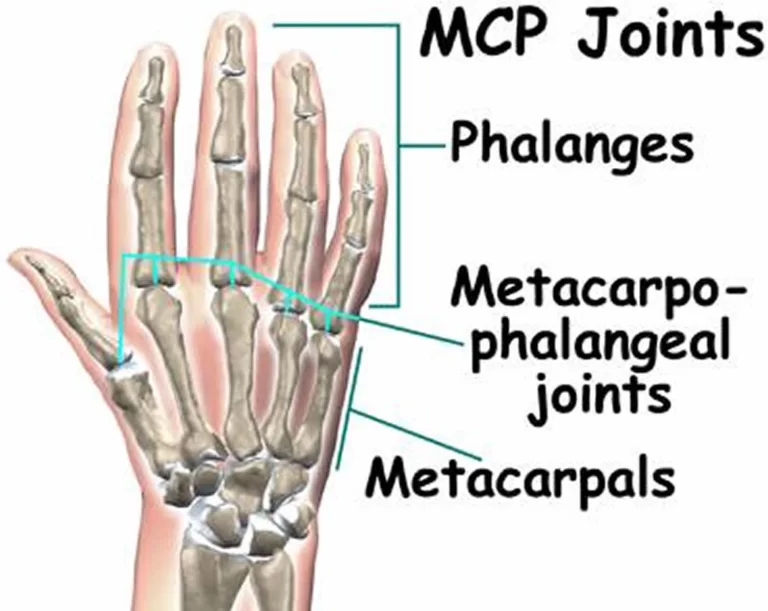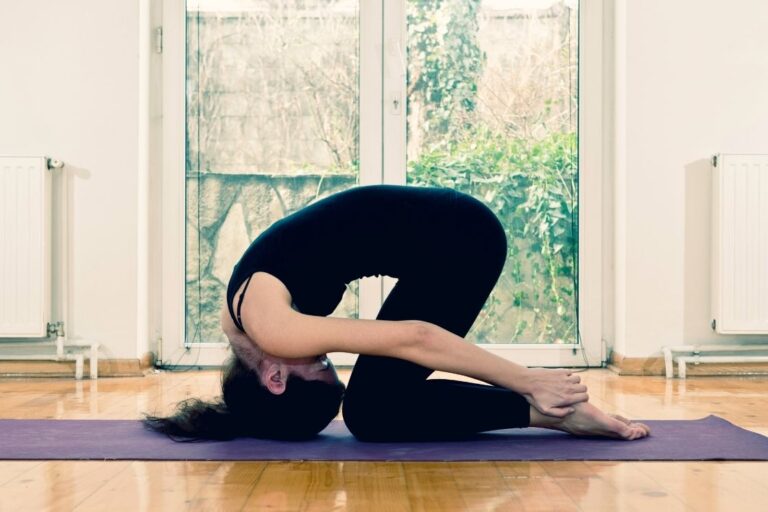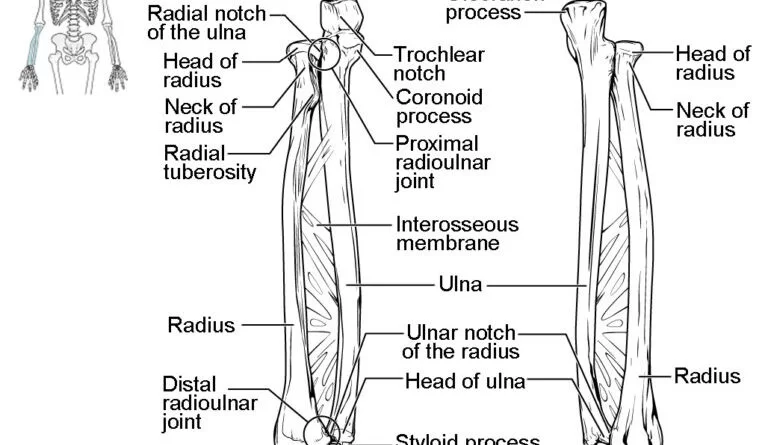Vastus intermedialis muscle Anatomy, Origin, Insertion, Function, Exercises
Table of Contents
Introduction of vastus intermedialis muscle
- Vastus Intermedius is located centrally, underneath rectus femoris in the anterior compartment of the thigh & on each side of it: Vastus medialis & Vastus Lateralis respectively.
- The vastus intermedius arises from the front & lateral surfaces of the body of the femur in its upper two-thirds, sitting under the rectus femoris muscle & from the lower part of the lateral intermuscular septum. Its fibers end in a superficial aponeurosis, which forms the deep portion of the quadriceps femoris tendon.
- The vastus medialis & vastus intermedius appear to be inseparably united, but when the rectus femoris has been reflected during dissection a narrow interval will be observed extending upward from the medial border of the patella between the 2 muscles, & the separation may be continued as far as the lower part of the intertrochanteric line, where, however, the two muscles are frequently continuous.
Origin Of Vastus Intermedialis muscle
- It originates from the upper 2/3 of anterior & lateral surfaces of the femur & the intermuscular septum.
Insertion Of Vastus Intermedialis muscle
- It inserts via the Quadriceps femoris tendon to form the deep part of the tendon & then inserts into the lateral margin of the patella.
Nerve supply Of Vastus Intermedialis muscle
- The posterior division of the femoral nerve (L3, L4) supplies the Vastus Intermedialis muscle.
Blood supply Of Vastus Intermedialis muscle
- The blood supply to the muscle comes from the artery of the quadriceps & deep femoral artery.
Function Of Vastus Intermedialis muscle
- Vastus intermedius works with the other 3 quadriceps muscles to extend the knee & plays a vital role in stepping activities e.g. stepping over objects & climbing stairs, as well as squatting.
- The primary function of the articularis genus is to stop the synovial membrane from becoming trapped & interfering with normal knee movement.
Assessment
- Assessment of the vastus intermedius muscles individually cannot be done; therefore, the test for knee extensor integrity is used to assess its power.
Palpation
- The Vastus Intermedius is difficult to palpate. It is the most minor superficial muscle in the thigh’s anterior compartment of muscles thus, it can not be isolated for stretching or massage
Clinical Importance
The most common problems associated with vastus intermedialis muscle are:
Vasus intermedialis Muscle Tightness: Tightness in vastus intermedius can irritate the underlying supra patellar bursa, resulting in knee bursitis.
Vasus intermedialis Muscle Strain: Over-stretching or overloading of vastus intermedius can cause a quads strain
Vasus intermedialis Muscle Weakness: weakness in vastus medialis can affect knee movement & function, resulting in anterior knee pain
Vastus intermedius tear: This is mainly a sports injury, mainly overuse sports injury, in which pain & spasm in the front of the high with also knee pain & painful walking are the symptoms associated.
Vasus intermedialis muscles pain :
- Versus intermedialis muscle pain is most common mainly due to its high usage in day-to-day activity, Higher usage, higher the chances of Pain, related symptoms, and injury.
- Vastus intermedius pain treatment is mainly used by RICE Principle (Rest, Elevation, Ice, Compression) for 2-3 weeks depending upon the level of Injury. After the rest period is over, regular stretching & strengthening exercises are advised to you.
Vasus intermedialis muscle cramps
- Vastus intermedialis muscle cramps are a common problem during that time sudden, painful, & involuntary contractions of a quadriceps muscle.
- The causes are not due to underlying disease but may be due to dehydration, over-exercise, & lack of muscle use.
- They often occur while a person is sleeping or resting or playing a marathon game. They can be gone in a few seconds, but the average duration is 6 to 9 minutes. They can leave tenderness many times in the muscle for up to 24 hours after.
- In most cases, there is no proper reason why they occur, & they are mostly harmless. many times, however, they can indicate an underlying disorder, such as diabetes or peripheral artery disease.
- Quadriceps muscle cramps treatment is mostly not required, if tenderness and muscle spasms are present after 24 Hours Ice or Hot Pack 2 times a day easily reduced the symptoms.
- Vastus intermedius pain treatment is mainly used by RICE Principle (Rest, Elevation, Ice, Compression) for 2-3 weeks depending upon the level of Injury. After the rest period is over, regular stretching & strengthening exercises are advised to you.
Vastus Intermedialis muscle Stretching exercise:
- After the follow of electrotherapy for 2-3 days for release to muscle pain by physiotherapist then the therapist is advised to stretch for release to muscle tightness.
- This stretching is applied when your pain is released & when you feel comfortable.
- This all Stretching exercise helps you release muscle pain & tightness
- The Lying Quad Stretch
- The Simple Quad Stretch
- The Kneeling Quad Stretch
- Vastus Medialis Stretch
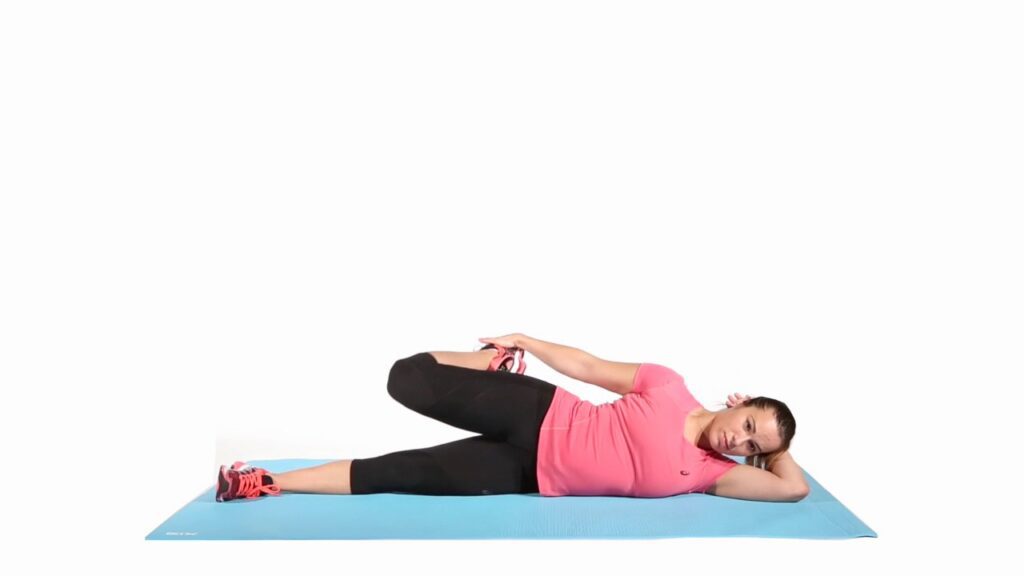
- The Lying Quad Stretch:
- You are lying in a face-down position & propping the head on the left hand.
- Alternatively, you can lie on the side to perform this stretch.
- After some seconds, pull the right foot toward the butt & bend the left knee joint to stabilize yourself.
- Then Hold onto your ankle joint & maintain this stretching position for 30 seconds.
- Repeat this Stretching exercise 3 times at 1 time & do the 3 times per day.

2. The Simple Quad Stretch:
- You are standing on your left leg & with one knee joint touching the other.
- You can hold a chair & the wall to keep the steady if needed.
- Grab the right foot & use your right hand & pull it towards your butt.
- Must Be sure to push your chest up & hips joint forward.
- Try not to worry about pushing the foot too close to your backside.
- But your focus must be on feeling the stretch in your quad muscle & pushing your hip joint forward to get a good hip flexor muscle stretch.
- Hold this stretching position for 30 seconds.
- Repeat this Stretching exercise 3 times at 1 time & do the 3 times per day.
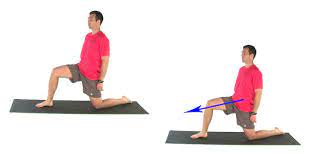
3. The Kneeling Quad Stretch:
- This stretching exercise Start with a high lunge position, with the left foot forward.
- Then Carefully drop your right knee joint to the floor & take a moment the balance.
- When you are ready, reach back with your right arm & grab your ankle joint or toes.
- Hold this stretching position for 30 seconds but must keep the body steady.
- Then Gradually come back into the lunge position & opposite from the left foot to the right foot.
- Repeat this Stretching exercise 3 times at 1 time & do the 3 times per day.
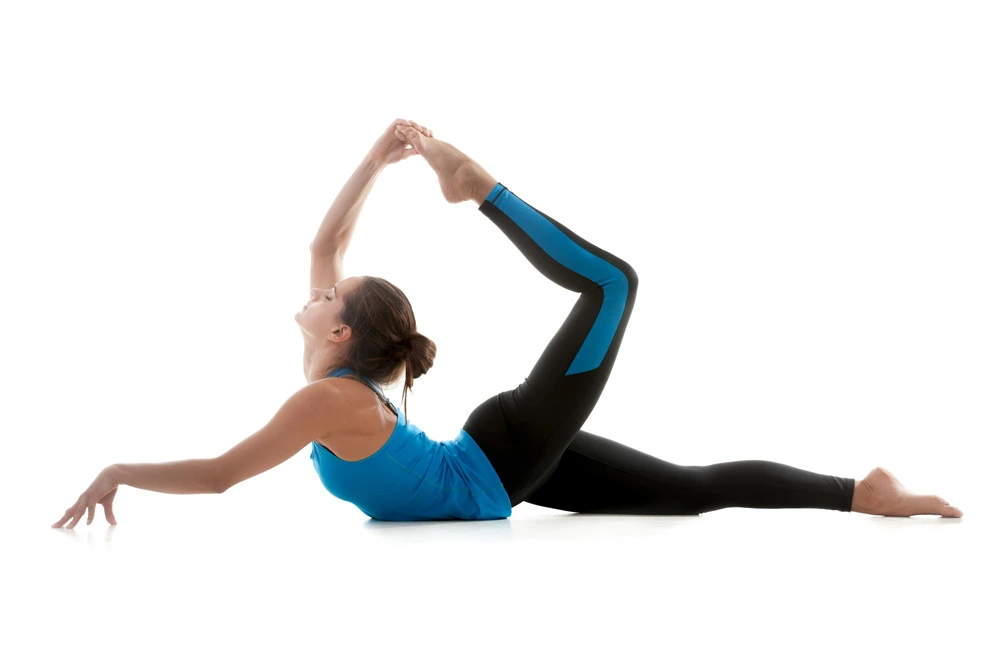
4. Vastus intermedialis Stretch:
- You are in the prone lying position.
- Bring your heel up behind you, grasp your ankle joint & pull your heel towards your buttock, till you are feeling a stretch.
- It is done the stretch all 4 of the quad’s muscles but stretching the vastus intermedialis muscle by moving the foot across the body towards the other buttock.
- You can Increase the stretch by pushing your hip joint forwards in this exercise.
- Repeat this Stretching exercise 3 times at 1 time & do the 3 times per day.
Vastus intermedialis muscle Strengthening Exercises:
- After the follow of electrotherapy & massage for 2 -3 days for release to muscle pain by physiotherapist then the therapist is advised to you strengthening exercise for release to muscle weakness.
- This strengthening exercise is always advised when you feel to release pain & when you feel comfortable.

This all-strengthening exercise helps you with muscle weakness & pain.
- Lying Pigeon Progression:
- In the first place, a mat on the floor & you are lying face down.
- Then must be Secure place a resistance band around the affected foot, with the excess band in a reachable area.
- Grab the band with the left hand & must keep the right leg extended or bend the left knee joint.
- Must keep your toes pointed toward the ceiling.
- Then use the resistance band to pull forward till you feel the stretch.
- Hold this exercise position for 10 seconds.
- Repeat this strengthening exercise 10 times in 1 time & do the 3 times per day.
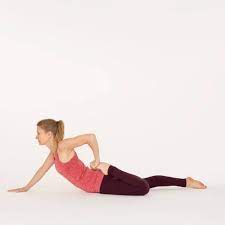
2. The Frog Pose:
- This exercise is start by lying on your stomach means in a prone position & propping the torso up on your elbow joints.
- Bend both of your knee joints &, and reach back to hold onto your feet.
- You feel the stretching at this point.
- Then Adjust the fingers to point the same way as your toes, then carefully lift your elbow joint to point to the ceiling.
- Push the chest up as high as possible.
- This exercise is Stopped completely when you feel any pain in the hip or knee joint.
- Hold this exercise position for 10 seconds.
- Repeat this strengthening exercise 10 times in 1 time & do the 3 times per day.
3. Floor extension:
- You are sitting down on the floor with a tall posture.
- Your shoulder joint should be pulled down the back with your chest proud.
- Then Bend your left knee joint in toward your chest with your left foot flat on the floor.
- Extend your leg in front of you with your foot pointing slightly out to the side then.
- Hold under the left knee joint with both hands interlocked & must keep your muscle flexed for the duration of this exercise.
- Do the Exhale Without losing the posture & leaning away from the wall, lift the right leg in the air as high as possible.
- Hold this position for 10 seconds.
- Then Inhale & slowly lower down to your starting position.
- Repeat this strengthening exercise 10 times in 1 time & do it 3 times per day.

4. Lateral heel drop:
- You are standing tall with your left leg straight but not locked & your foot is resting on a small step.
- Do the right knee joint slightly bent & your left foot should be flat on the floor.
- Your right knee joint must be going over the toes.
- Then Squeeze your core muscle for balance.
- Exhale & push up off the right leg till both legs are fully straightened.
- Try to keep your hip joint level as you step up.
- Inhale then contract your left vastus medialis muscle & slowly return to your starting position.
- Hold this exercise position for 10 seconds.
- Repeat this strengthening exercise 10 times in 1 time & do it 3 times per day.
5. Step downs:
- You are standing with the right foot on the step & your left foot off to the side.
- Do the Inhale & Flex the vastus medialis muscle.
- Then bend your right knee joint till your left foot is flat on the floor.
- Must be Again, try to keep your hip joint level at all times.
- Do the Exhale & engage your core muscle.
- Then push off your foot & return to your starting position.
- Hold this exercise position for 10 seconds.
- Repeat this strengthening exercise 10 times in 1 time & do it 3 times per day.
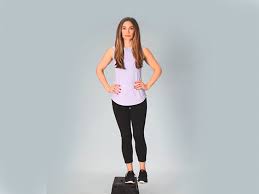
6. Leg extension:
- You are sitting on a chair & scoot yourself to the front of the seat.
- Then Wrap a resistance band around your ankle joint & feed the band under the chair, which you reach back & grab with your hand.
- Do the Exhale & in one motion then slowly extend your leg to full extension out in front of you.
- Then do the Inhale & contract your muscle & slowly lower the leg to 30 degrees.
- Hold this exercise position for 10 seconds.
- Repeat this strengthening exercise 10 times in 1 time & do it 3 times per day.

7. Single leg raises:
- You are lying on the back with your knee joint bent & foot flat on the mat.
- Fully extend your right leg out in front of you must be placing an ankle joint weight on your thigh.
- Squeeze your core muscle &contract the vastus medialis muscle & lift the right leg about 2 inches off the mat.
- Must Keep elevated the leg duration of this exercise.
- Make sure you are not arching your back.
- You do not put any space between the back & the mat.
- Hold this exercise position for 10 seconds.
- Repeat this strengthening exercise 10 times in 1 time & do the 3 times per day.

8. Terminal knee extensions (TKEs):
- You are Tie a resistance band around a sturdy anchor & slide the other end up to slightly above the back of your right knee joint, facing the anchor.
- Step back till the band is taut.
- Then Straighten your left leg & must keep your right knee joint slightly bent.
- Do the Exhale & push your right knee joint back to match your left knee joint & exaggerate the contraction in your vastus medialis muscle.
- Hold this exercise position for 10 seconds.
- Repeat this strengthening exercise 10 times in 1 time & do it 3 times per day.
9. Vastus intermedialis activation Exercise:
- You are sitting upright in a chair, with your knee joint bent.
- Place the ball between your knee joint & your feet flat on the floor.
- Then Place your thumbs on the soft, squashy area on the inner side of the knee joint, just above your kneecap – patella & press down firmly
- Then Clench your glutes & gently squeeze the ball.
- Make sure the movement comes from your knee joint rather than the inner thigh.
- If you do not feel strech must be, try clenching your buttocks, clenching your knee joint & squashing the backs of your thighs down into the chair
- Hold this exercise position for 10 seconds.
- Repeat this strengthening exercise 10 times in 1 time & do it 3 times per day.
10. Ball Clench Extensions:
- You are lying on your back with a rolled-up towel underneath your knee joint & place the ball between your knee joint.
- Then Clench your buttocks & gently squeeze the ball & lift one heel off the ground till the knee joint is straight.
- Must be Keep clenching the ball & hold for 10 seconds then slowly return to starting position.
- Repeat this strengthening exercise 10 times in 1 time & do it 3 times per day.
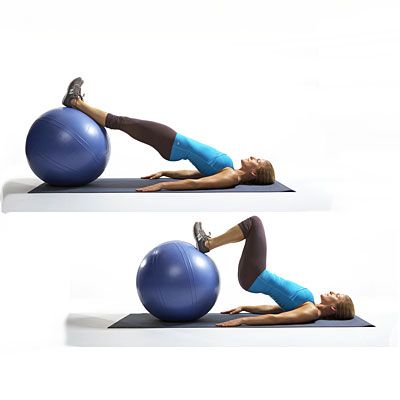
11. Twisted Leg Raise:
- You are lying on your back with one leg stretched out straight & the other knee joint bent.
- It takes the tension off the lower back as you work the straight leg.
- Turn your foot outwards about 20 into external rotation & lift the foot till your thighs are parallel.
- Hold this exercise position for 10 seconds.
- Repeat this strengthening exercise 10 times in 1 time & do it 3 times per day.
- Must be Keep the leg turned outwards in this exercise which is helpful to you activate the vastus medialis muscle.
12. Ball Bridges:
- You are lying on your back with your knee joint bent, feet are hip distance apart.
- Place the ball between your knee joints.
- Then Clench your glute muscles & gently squash the ball.
- Lift your bottom as high as possible without arching your back.
- Hold this exercise position for 10 seconds.
- Repeat this strengthening exercise 10 times in 1 time & do it 3 times per day.
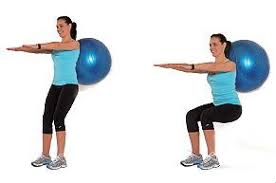
13. Ball Wall Squats:
- You are standing with your back against a wall & squashy ball between your knees joint.
- Must be placed heels about 6? away from the wall & toes are pointing forwards.
- Clench your glutes muscle & gently squash the ball to activate the vastus medialis muscle then slowly slide down the wall, & bending your knee joint.
- Hold this exercise position for 10 seconds.
- Repeat this strengthening exercise 10 times in 1 time & do it 3 times per day.
14. Isometric Contraction of the vastus intermedialis muscle :
- You are Sitting position on your bed & floor with the legs out straight & place a towel underneath your knee joint.
- Flex your quads muscle with the hip joint /leg slightly externally rotated.
- Hold this contraction for 10 seconds & place your fingers on your VMO to ensure your vastus medialis muscle is activating & firing.
- Repeat this strengthening exercise 10 times in 1 time & do it 3 times per day.
15. Seated Isometric vastus intermedialis muscle & Adduction:
- You are sitting on a chair & platform where your feet hang freely.
- Place a ball between your thighs & squeeze the ball together activating your vastus medialis muscle.
- Hold this muscle contraction for 10 seconds.
- Repeat this strengthening exercise 10 times in 1 time & do it 3 times per day.
16. Externally Rotated ½ Squats:
- You are standing with your legs shoulder-width apart with the knee joint & feet are externally rotated.
- Squat halfway down & come up nice & slowly which is focusing on activating the vastus medialis muscle to bring you back up to a standing position.
- Repeat this strengthening exercise 10 times in 1 time & do it 3 times per day.
17. Wall/Ball Squats:
- You are placing a Swiss ball on your back against the wall.
- Then Slowly squat down into a near-seated position so that your thighs are parallel with the ground.
- Slowly come back up & avoid locking your knee joint.
- Repeat this strengthening exercise 10 times in 1 time & do the 3 times per day.
18. Split Squats/Static Lunges:
- This exercise is to Start with your feet shoulder-width apart & take one large step forward.
- You can place your hands on your hip joint.
- To make this exercise harder must hold dumbbells by your side.
- With an upright posture, lunge down & up without your knee joint at the front moving in front of your big toe.
- But Focus on putting most of the weight through your front heel &don’t let your knee joint buckle in.
- Repeat this strengthening exercise 10 times in 1 time & do it 3 times per day.

19. Step-Ups:
- You are Standing in front of a bench & chair.
- Step up onto a platform & drive from the gluteal muscle, not from your toe.
- Ensure your knee joint is not buckling inwards.
- It is forced/pushed out.
- Then Slowly step down making sure your knee joint is stable.
- Repeat this strengthening exercise 10 times in 1 time & do it 3 times per day.
FAQ
What is the main function of the vastus intermedius?
Function: The primary action is knee extension. Innervation: Femoral nerve (L2–L4). Referred pain: The muscle refers primarily to the anterior part of the mid-thigh.
How do you heal vastus intermedius?.
Starting Treatment
Protect. in starting, you may choose to “protect” the injury site.
Rest.
Ice.
Compression helps to prevent & decrease swelling.
Elevation.How long does a strained vastus inter medialis muscle take to heal?
If you are injured, take the time needed to let the vastus inter medialis muscle heal before you return to sports. Wait until the muscle strength & flexibility return to preinjury levels. This can take 10 days to 3 weeks for a mild strain, & up to 6 months for a severe strain, such as a hamstring strain.
Can you walk with a torn thigh muscle?
A grade 3 thigh strain is a complete rupture of a muscle & is a serious injury. There is immediate burning or stabbing pain & the athlete is unable to walk without pain.
How do you tell if the quadriceps is torn or pulled?
Symptoms of a quadriceps tear & strain may include:
Pain.
Swelling.
Trouble moving the affected leg or walking.
Bruising.
Cramping.

